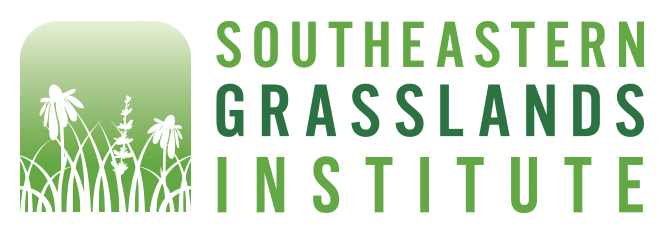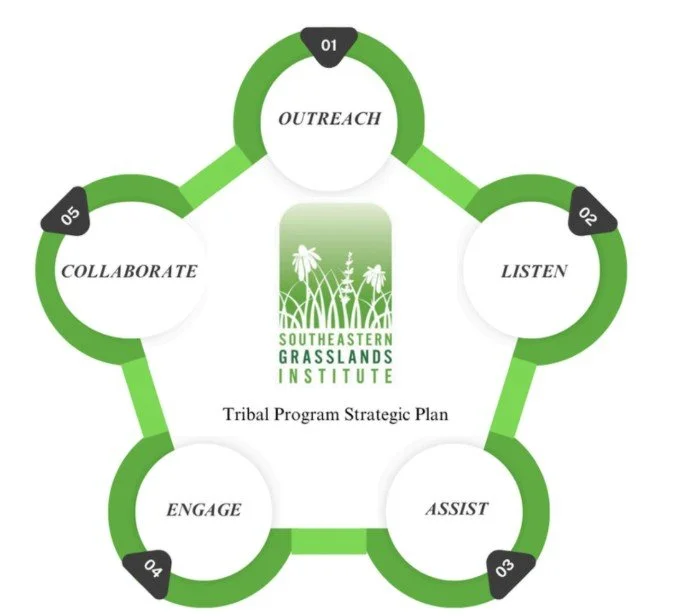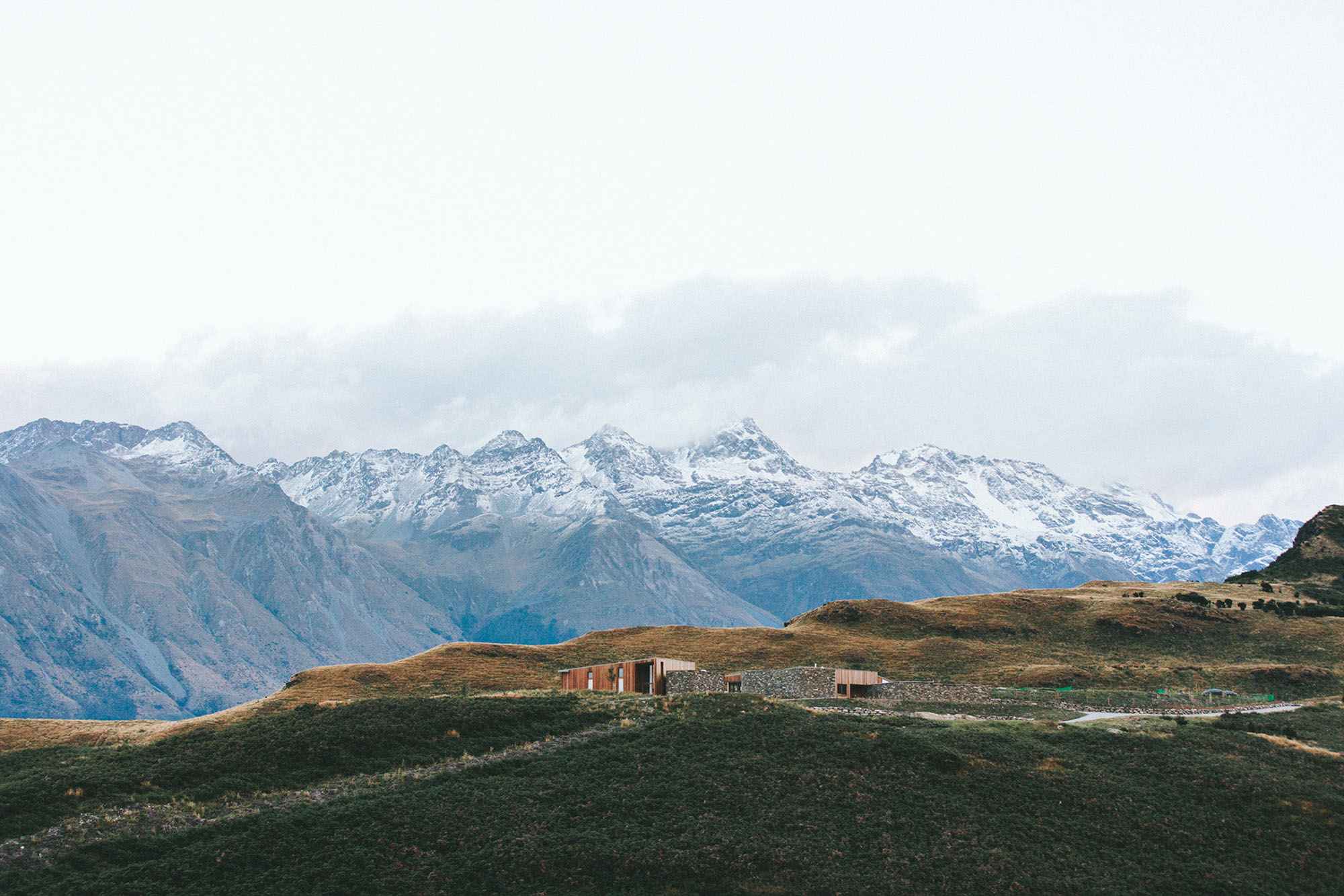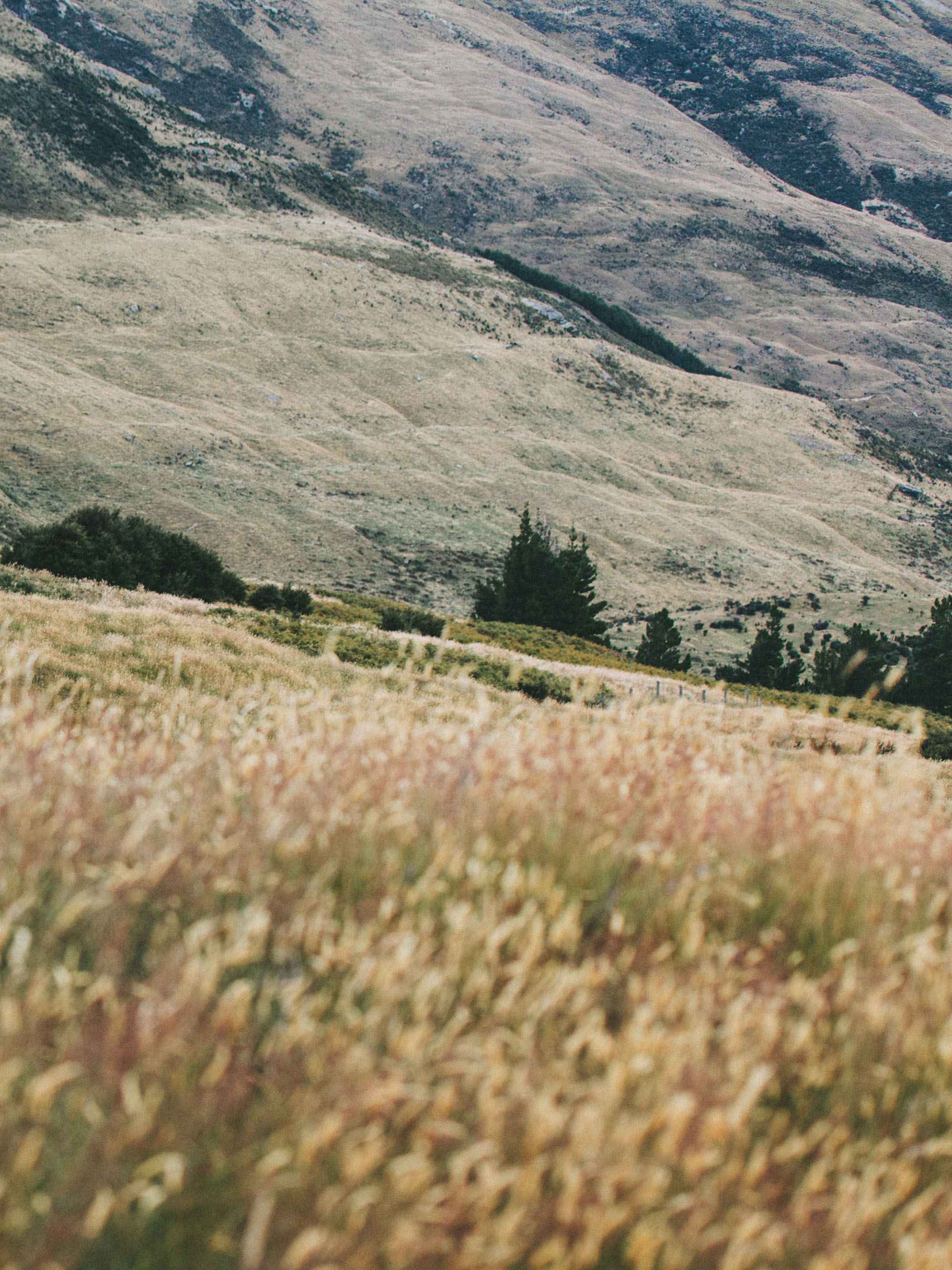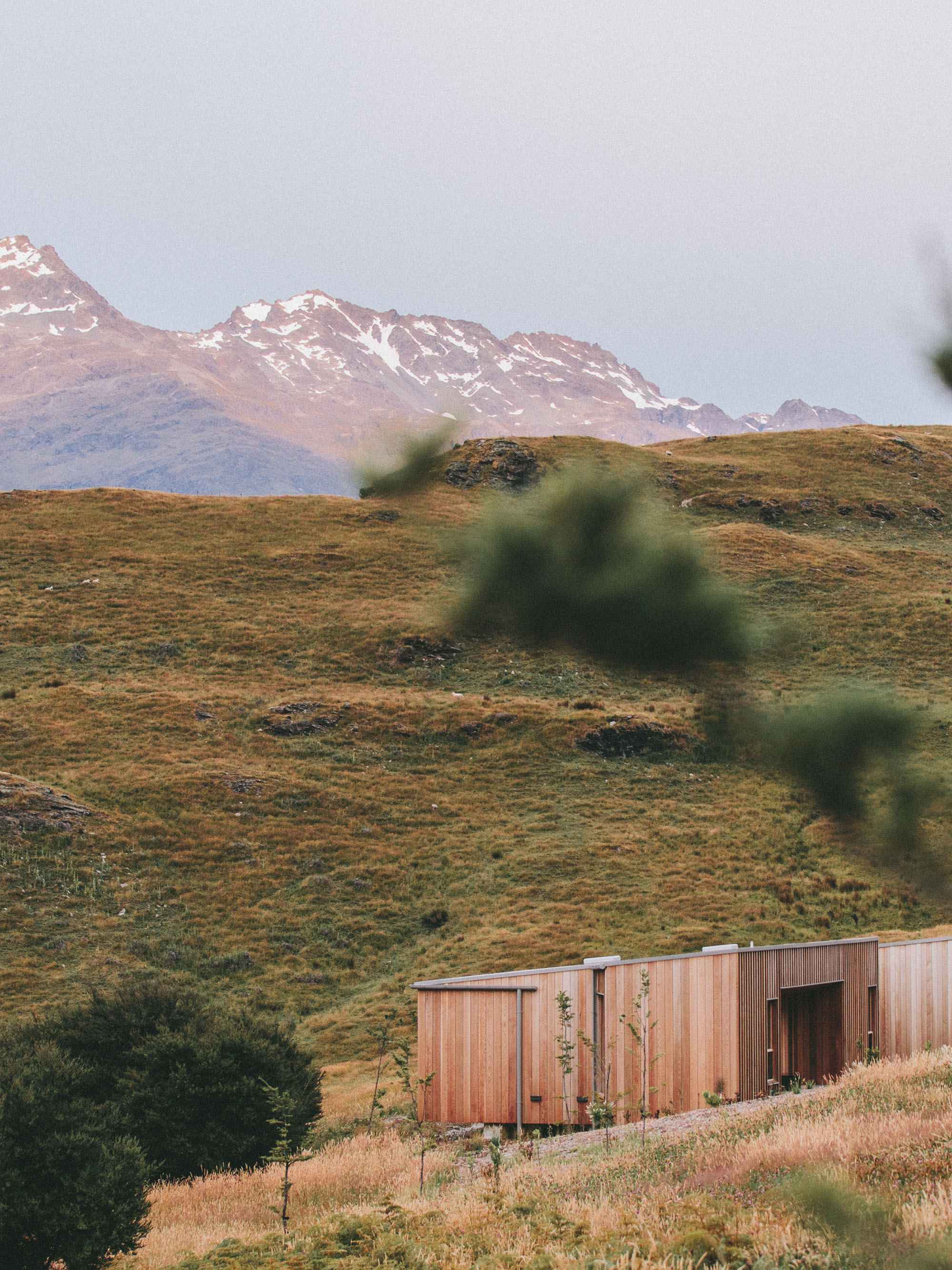About
Tribal Program Staff group photo. From left to right: Katie Smith-Easter, Corlee Thomas-Hill, Gabrielle Patterson
-
Corlee Thomas-Hill (Eastern Band of Cherokee Indians), Gabrielle Patterson, EdD (Choctaw-Apache Tribe of Ebarb), and Katie Smith-Easter, MPH (Cherokee Nation), are the Southeastern Grasslands Initiative’s three Tribal Liaisons. Corlee’s education has centered on history, and her past work has involved using GIS to map wildland fires, and coordinating the Remember the Removal bike ride for the Eastern Band of Cherokee. Corlee works closely with the SGI restoration program as a resource for tribes and tribal members to incorporate grassland restoration on their land. Gabrielle’s Ed.D. and expertise is adult education focused on early Native American history. Gabrielle’s main work involves incorporating historical narrative and evidence into the SGI Grasslandia project. Katie holds an MPH and is working towards a MS in GIS. Katie works on environmental and cultural issues affecting water quality on tribal communities, and her work with SGI focuses on the native seed program and seed banking.
-
Grassland loss is the greatest issue facing eastern North American biodiversity. A majority of our southern grasslands have disappeared just in the past 25 years. Grasslands in the south include open treeless prairies, rocky barrens and glades, pine and oak savannas, coastal prairies, wet grasslands (e.g. bogs and fens), and high-elevation mountain top meadows called balds. Without colonization and forced removal of the Southeastern Woodland Tribes, grasslands would still be maintained by Indigenous communities through cultural burning, the care of large mammals such as bison and elk, and natural fire. Grasslands are home to numerous culturally significant plants and trees such as white oak, switchgrass, hickory, rattlesnake master, rivercane, and many more.
-
The Southeastern Grasslands Institute Tribal Program is committed to building collaborative relationships with Native American tribes across the southeastern United States. Through open communication, SGI seeks to empower tribally led conservation and restoration projects by integrating Indigenous land management into its efforts, recognizing that the orginal caretakers of the land are best equipped to steward it. The tribal program is grounded in a non-competitive, collaborative approach that values the wisdom and priorities of Indigenous communities as fundamental to the success of grassland conservation.
Tribal program values
The SGI tribal program values complementing not competing and collaboration without expectation
What we do
The SGI tribal program collaborates with tribes to uplift grassland conservation across the southeast, including but not limited to facilitating technical assistance from the SGI science team, working to incorporate Traditional Ecological Knowledge into all grassland restoration projects and educate SGI staff on current tribal priorities. The tribal program aids in finding financial support for grassland restoration projects. SGI’s tribal program provides co-stewardship opportunities between tribal members and SGI project areas, as well as provides educational resources, trainings, workshops, and other opportunities for tribal member.
Tribal program conservation strategies
Partnership
SGI’s Tribal Program Conservation Strategies focus on outreach, listening, assisting, engaging, and collaboration with tribes and aligned partners.
